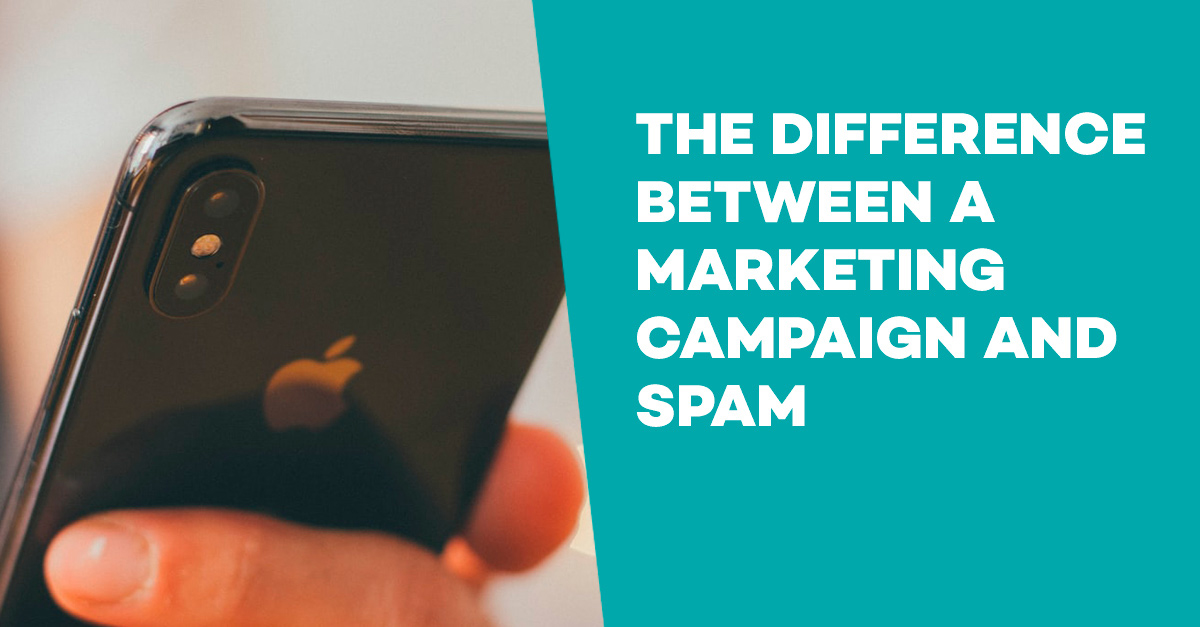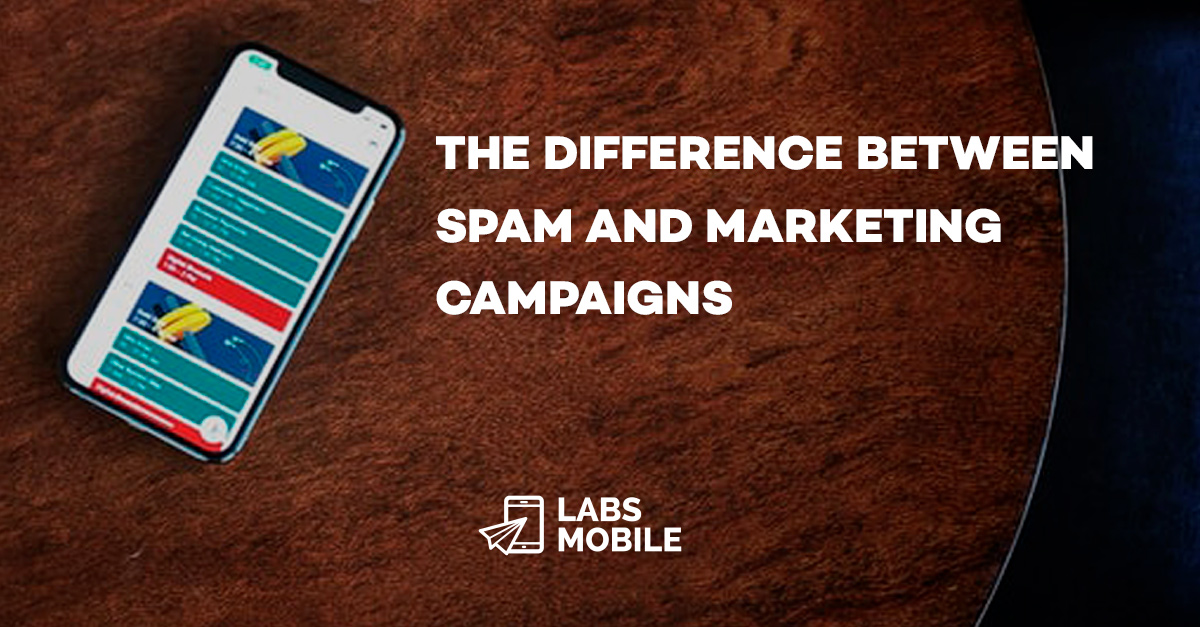Last update: Oct 21, 2022
The difference between a marketing campaign and SPAM


Marketing campaigns via SMS are based on the massive sending of messages to clients to achieve a certain objective. This can be selling a product, sending information about an event, opening a new shop, among others. However, there is a conceptual mistake when considering them SPAM, which is false.
SPAM or trash messages are characterized for being unwanted content, which has nothing to do with people’s interests. In general, they contain publicity and come from unknown numbers.
This is completely different from marketing campaigns which are always transparents on the part of the sender and have different objectives. On top of this, they have the consent of the receivers to get this information.
Most likely, almost all people have gotten some kind of message like “would you like to win a car? Enter this link and become a winner”. This message is the exact definition of SPAM. Some other characteristics include:
In turn, marketing campaigns are designed with clear purposes and are based on transparency with clients. They are not only personalized for each one of them and segmented for age, and type of public but they also have a clear feature: the approval on the part of the receiver.

To send an SMS that is part of a marketing campaign, it’s necessary for clients to give consent. This means that the person had to fill in their personal data and provide their phone number in the past.
This may have been produced in different ways, like:
With these methods, companies invite clients to give their personal details that are then stored in databases. When carrying out a marketing campaign, all that stored information is used.
In Spain, there are two laws that protect clients from personal information misuse and SPAM. These are the Ley Orgánica de Protección de Datos de carácter personal (LOPD) and the La Ley de servicios de la sociedad de la información y correo electrónico (LSSI).
Throughout the years, there have been updates and decrees on these basic laws, but the main concept is maintained: the marketing campaign will be legit as long as it has user consent and has a visible option that allows them to unsubscribe any time.
To guarantee the correct functioning of these rules, there is an institution called Agencia Española de Protección de Datos (AEPD). In this way, you won’t receive SPAM when you get an SMS.